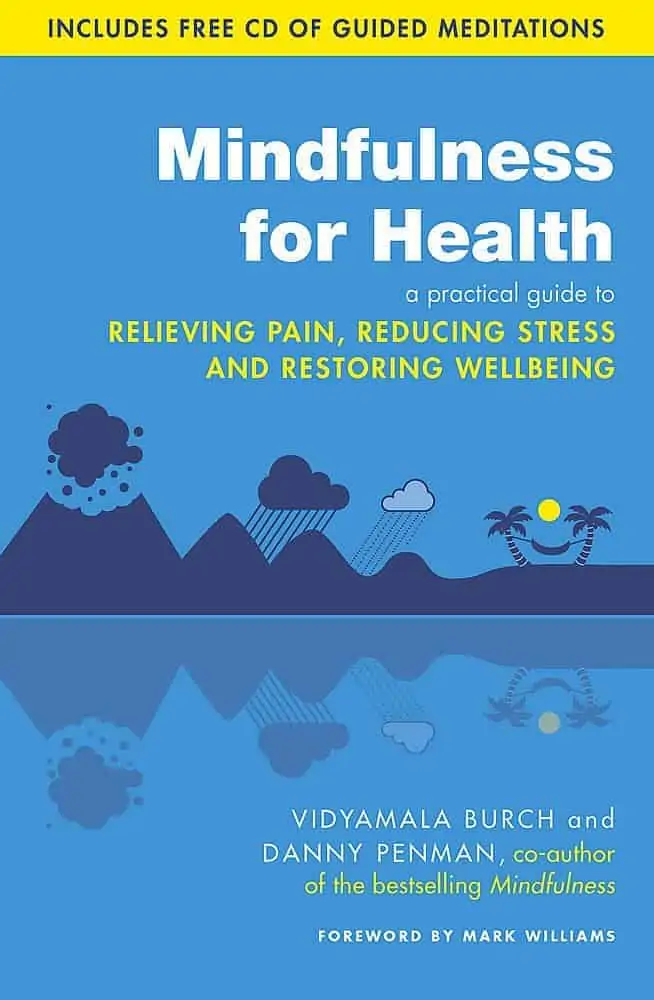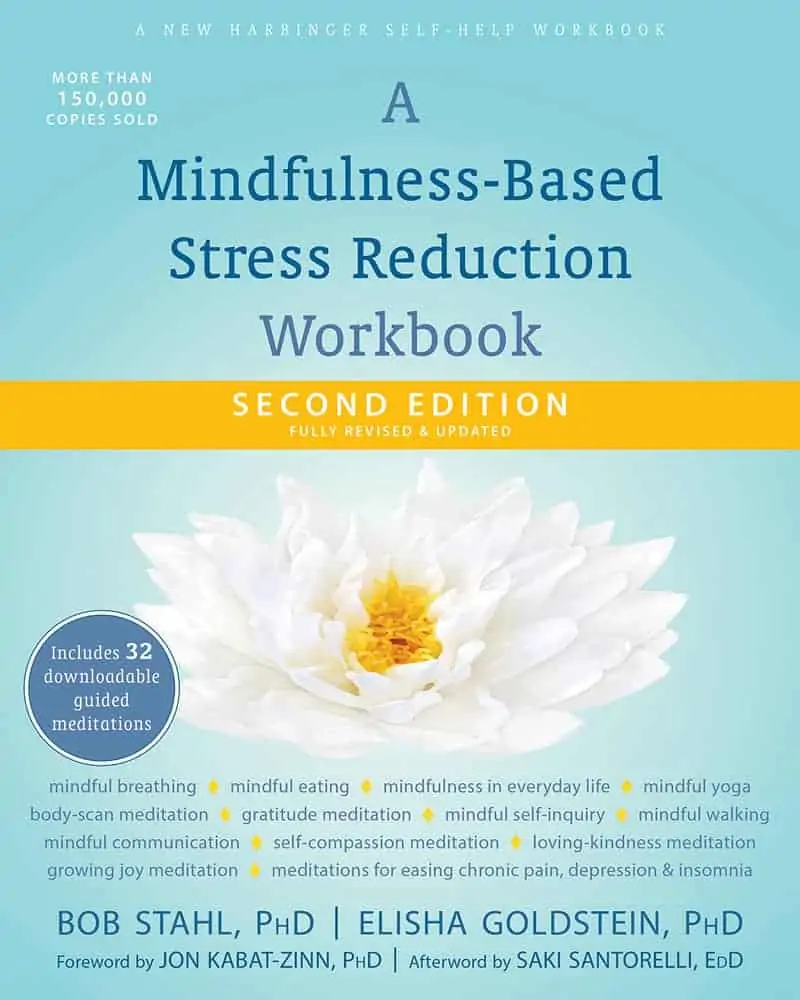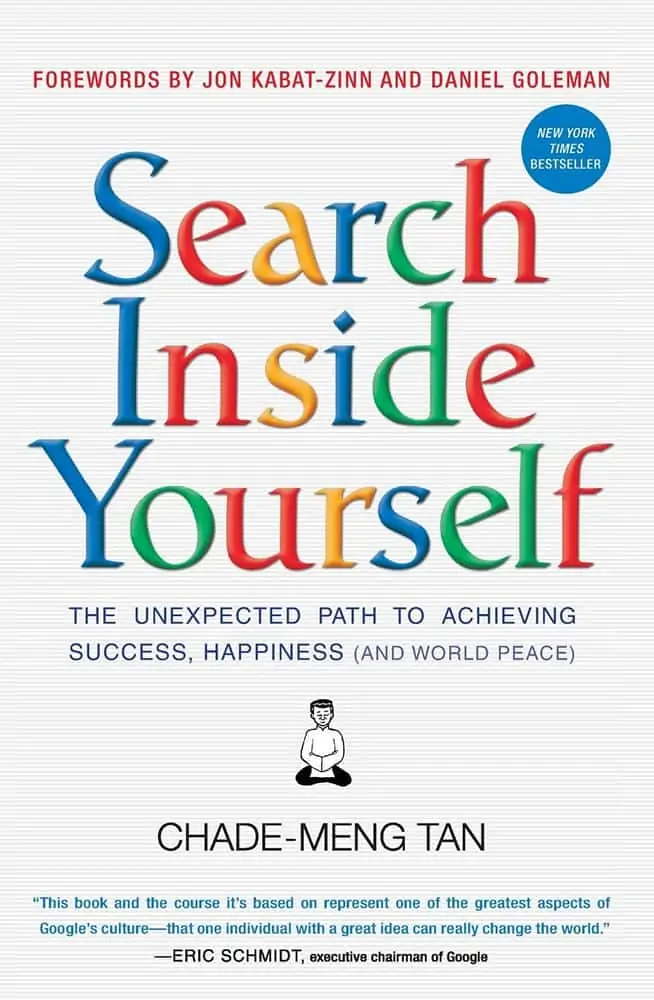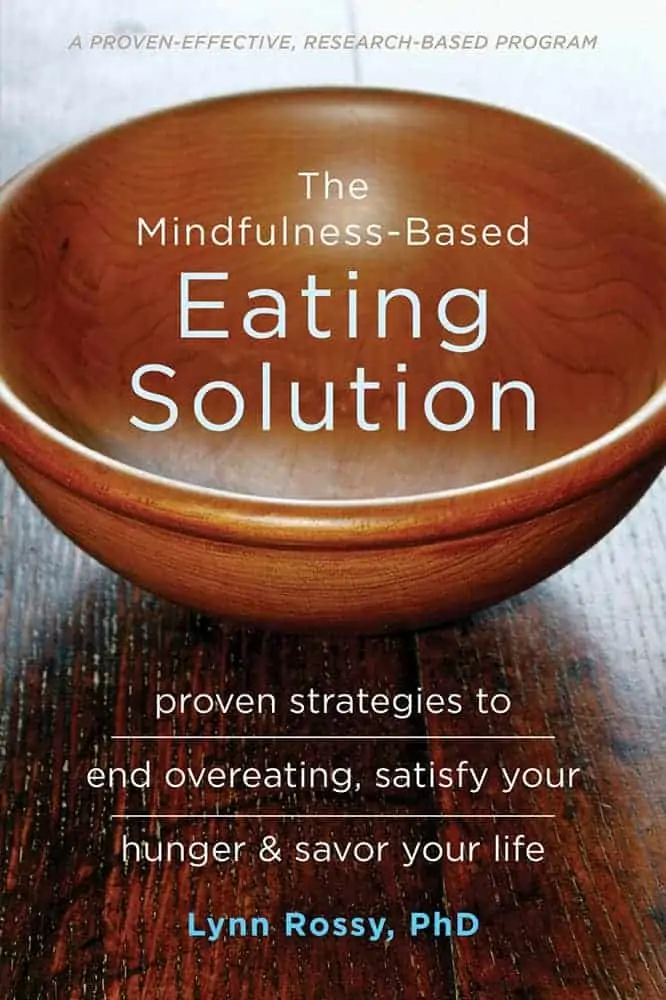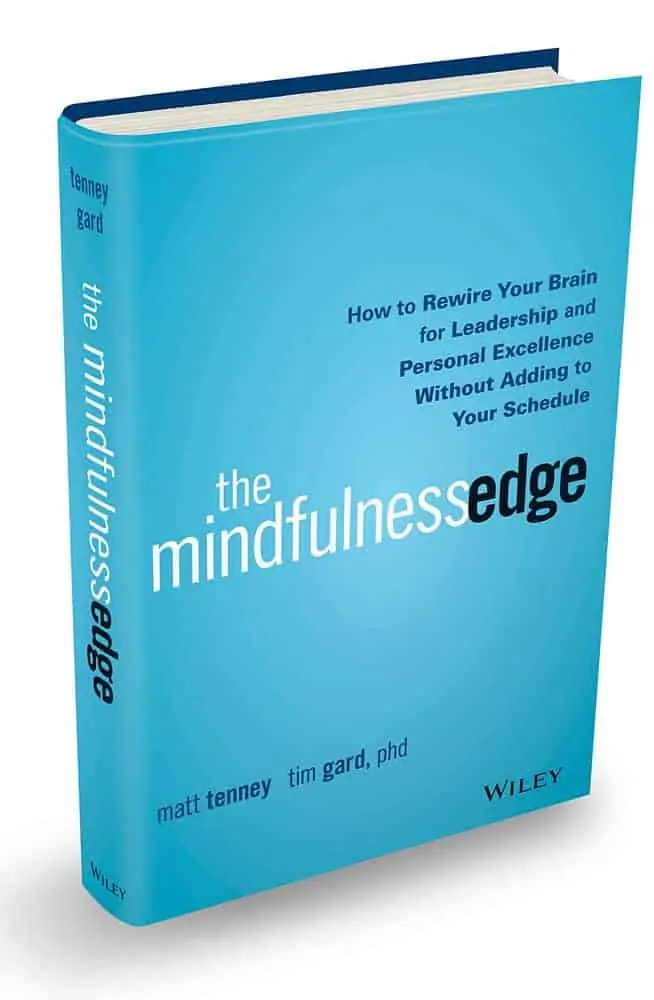Today's Thursday • 10 mins read
What you do with a thing is more important than knowing what it is. So use mindfulness to your advantage, instead of just knowing what it is.
These five books tell you how to draw the specific benefits of mindfulness in a certain domain. One book focuses on one issue.
Book 1. Mindfulness For Pain.
Vidyamala Burch knows the agony of living with never-ending pain. She hurt her spine when she was barely 16, while lifting someone out of a swimming pool in a lifesaving practice. That was her first time.
Five years later, she was in a car accident, and her spine was injured again.
Over the next years, her spinal condition kept deteriorating, and her legs kept getting weaker. Her partial paraplegia (paralysis of the lower half of the body) got so much worse that she had to use either crutches or a wheelchair to move around.
While in treatment at a New Zealand hospital in 1985, she first came in touch with mindfulness. Regular mindfulness practice taught her she could reduce her mental suffering caused by the unavoidable spinal pain.
To her credit, clinical trials show mindfulness meditation can be as good as painkillers. It can reduce anxiety, depression, irritability, exhaustion, and sleeplessness related to chronically painful conditions.
In 2013, Burch co-authored an excellent book with science and health writer Danny Penman, Mindfulness For Health or You Are Not Your Pain. It was awarded the Best Book in Popular Medicine at the British Medical Association’s Book Awards.
The book teaches simple practices that take only 10-20 minutes per day to help relieve mental pain linked to chronic pain.
Research on mindfulness meditation:
- Relations among mindfulness, well-being, and sleep
- The clinical use of mindfulness meditation for the self-regulation of chronic pain.
- Mindfulness Skills and Emotion Regulation: the Mediating Role of Coping Self-Efficacy
- Mindfulness-Based Interventions for Chronic Pain: A Systematic Review of the Evidence.

“I cannot make the pain go away, but I can change how I respond to it.” – Vidyamala Burch
Book 2. Mindfulness For Stress
Jon Kabat-Zinn, Ph.D., introduced mindfulness to the Western world. He distanced it from its Buddhist roots to create the scientific program Mindfulness-Based Stress Reduction (MBSR).
Now, when a person of that stature recommends a book, A Mindfulness-Based Stress Reduction Workbook, you must sit up straight and take note.
Kabat-Zinn writes:
“Bob Stahl and Elisha Goldstein have done a great job in making the art of mindfulness and its cultivation through MBSR practices accessible to a public readership at a time when interest in both is rising exponentially in our society due to the increasing stress and speed and anxiety of our lives.”
I’d say, this book is the most essential companion workbook to Kabat-Zinn’s bestseller Full Catastrophe Living.
To emphasize, MBSR can help us live with less stress, panic, fear, and anxiety. It can help us to cultivate more peace, connection, and well-being in our lives.
The workbook can help you build a stronger mind and a healthier life.
The authors provide a lucid step-by-step approach to reducing stress using mindfulness. They use illuminating insights and practical exercises.
Now, this is a highly practical book. You would want to do the exercises right away. The practices given are approachable and doable.
A further relief is that for most of the exercises, you would need nothing special except a place to sit without any disturbance or noise.
“Humans are wired with an automatic negativity bias, paying more attention to what’s negative than positive.” ― Elisha Goldstein
Book 3. Mindfulness for Happiness And Joy
Among the hundreds of free classes that Google offers to its employees, one of the most popular ones was S.I.Y., or “Search Inside Yourself.” It is the brainchild of Chade-Meng Tan, a soft-spoken engineer who arrived at Google in 2000 as Employee No. 107.
Meng dreamed up the course and refined it with the help of nine experts (including specialists from the fields of meditation, mindfulness, neuroscience, leadership, and emotional intelligence) for his Google co-workers to achieve a better balance of life at work.
Thus began S.I.Y. or “Search Inside Yourself” in 2007.
S.I.Y. aimed to help people develop their core skills in mindfulness, empathy, compassion, and overall emotional intelligence so they could use these to thrive more in life. More than a thousand Google employees had taken the class.
Meng’s official job title there was Jolly Good Fellow. He retired from Google in Oct 2015. He now serves as the chairperson of the Search Inside Yourself Leadership Institute (SIYLI).
SIYLI continues to work with Google. They also train people at SAP, the United Nations, Procter & Gamble, and many others.
Incidentally, Arianna Huffington, the President and Editor-in-Chief of The Huffington Post, is also present on the SIYLI board. She has authored 14 books, including Thrive.
His course turned into a best-selling book called Search Inside Yourself: The Unexpected Path to Achieving Success, Happiness (and World Peace).
In this book, Chade-Meng Tan offers a proven method for enhancing mindfulness and emotional intelligence in life and work. Wherever you work, this book will let you find inner peace through mindfulness.
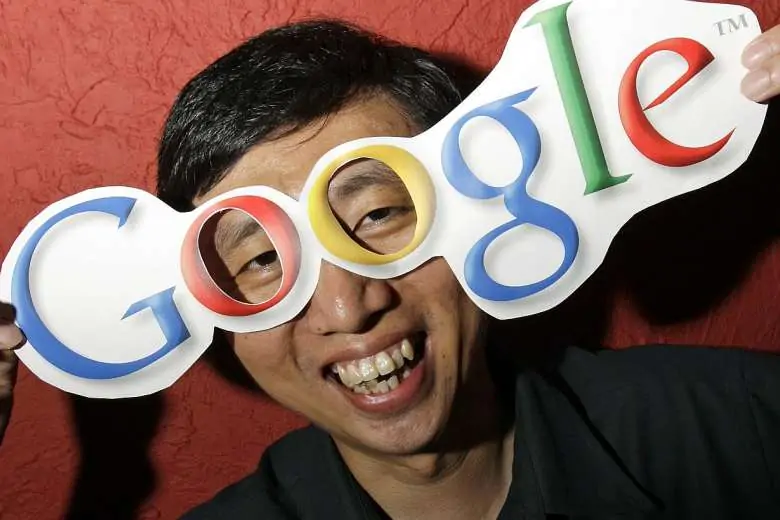
Now, this is a book recommended by some giants:
- Daniel Goleman, the author of the international bestseller Emotional Intelligence,
- Jon Kabat-Zinn, the world’s most renowned mindfulness expert and author of Wherever You Go, There You Are,
- His Holiness the Dalai Lama, the Tibetan spiritual leader and author of The Art of Happiness,
- Tony Hsieh, the New York Times bestselling author of Delivering Happiness.
This easy-to-read book is well-illustrated with amusing drawings. You would find this book to be as engaging as Chade-Meng is in person.
Book 4. Mindfulness for Eating
So, when you feel hungry, what do you hunger for in reality? Is it food, happiness, or something else you have not explored? Why do you overeat?
And how many of us eat, even when we are not physically hungry?
The clever media bombard us with signals to eat, from fast-food commercials to the smell of barbecue and burgers. And this drives our overeating behaviors. And overeating leads to obesity.
The reverse may be true as well. Recent research by Alexander Johnson, a Michigan State University neuroscientist, suggests that obese people are more likely to overeat. Johnson says, “Our study suggests both a psychological and neurobiological account for why obese individuals may be particularly vulnerable to these signals (to eat).”
In The Mindfulness-Based Eating Solution, Lynn Rossy, Ph.D., offers a whole-body approach to help you discover the actual reasons we overeat. Rossy suggests by bringing more consciousness to our eating, we could nourish ourselves in a truer sense. And experience genuine well-being.
Lynn Rossy is a licensed clinical psychologist at the University of Missouri’s wellness program. She developed Eat for Life. It is a mindfulness-based intuitive eating program that has been successful in helping people —
- overcome eating issues,
- improve body image, and
- enhance weight loss.
Her program has proven effective in many studies. Women in her ‘Eat for Life’ program reported higher levels of body appreciation and intuitive eating. Also, they noted fewer problematic eating behaviors in themselves than in a comparison group.
Obesity, because of overeating, is a growing health problem in many parts of the world. This book will help you learn how to listen to your body’s needs, so you can stay healthy and happy, without giving up your love for food.
- Take a look at the 20 finest tips to help you start mindful eating.
Book 5. Mindfulness For Leadership
On July 14, 2001, the San Diego Union Tribune carried the following news item:
A Marine Corps lieutenant, convicted Thursday of trying to steal $2.7 million from the Federal Reserve by impersonating another officer, was sentenced Friday to nine years in prison.
That Marine was 1st Lt. Matthew Tenney. Matt was merely 25 when he got into prison in a maximum-security area of the Marine Corps Base Camp, Pendleton. His future at that point looked like a long, dark tunnel.
While in prison, he was in solitary confinement. That meant spending 22 hours each day in a small cell all by himself.
Then one day, he came to know about mindfulness and started to learn and practice it. But he did not realize this was going to change his life inside out. It was through the mindfulness practice that he learned we could create our happiness anywhere.
He is now an international keynote speaker and a corporate leadership trainer.
In The Mindfulness Edge, he teams with neuroscientist Tim Gard, Ph.D., to offer step-by-step, practical guidance for seamless integration of mindfulness into your daily life as a leader. It tells you how a subtle inner shift can turn everyday acts into opportunities for making you a better leader.
Tenney and Gard tackle mindfulness both as practice and as science in their book. They explain how our thoughts outside the present can negatively impact our ability to make the best decisions.
They bring up lots of neurological details on exactly how the brain works in our decision-making process. They back up with excellent research data on how mindfulness can alter those neurological processes.
To summarize its benefit, with The Mindfulness Edge, the leaders will take a step back and reflect: Are we seeing this situation as it is or as we think it is?
“Being fully present with a person is one of the most effective ways to show that we care.” – Matt Tenney
Bonus Book: Mindfulness for Kids
This is the truest mindfulness book for beginners, as kids are the real beginners in the experience of life!
It is a little gem of a book written by Eline Snel, an MBSR trainer who runs the Academy for Mindful Teaching in the Netherlands: Sitting Still Like a Frog: Mindfulness Exercises for Kids. It has simple mindfulness exercises to help your child between the ages of 5-12 deal with anxiety, improve concentration, and handle difficult emotions.
Overall, this is a small book, around 100 pages. But remember, we do not mean this book is for reading by the kids. Snel knows quite well that kids would find it difficult to read and understand any book on this topic. So, he wrote it in a way that parents can read and use the words to explain the methods to their kids.
It also includes a 60-minute guided exercise audio read by Myla Kabat-Zinn, a professor emeritus of medicine and the creator of the Stress Reduction Clinic and the Center for Mindfulness in Medicine.
Final Words
You are mindful when you observe your thoughts and emotions as they enter and exit your mind with curiosity and without judgment.
• • •
√ Also Read: 7-Step Beginner Guide To Mindfulness Meditation (Free PDF)
√ Please share this if you found it helpful.
» You deserve happiness! Choosing therapy could be your best decision.
...
• Disclosure: Buying via our links earns us a small commission.
